Presents from Madrid is the first work with political content that Russian-émigré artist Paraskeva Clark (1898–1986) exhibited. Her new interest in the social role of the artist and her politicization were sparked by Dr. Norman Bethune—a leading surgeon and member of the Communist Party of Canada—in 1936. In Presents from Madrid, Clark demonstrates her sympathy for the Spanish Republican cause by painting mementoes Bethune sent her from Spain, arranged on a table against the wall. The items include a scarf or banner of the CNT (Confederación Nacional del Trabajo), some medieval Spanish sheet music, a cap worn by the International Brigades, and the first issue of the magazine Nova Iberia (January 1937). It is an allegory of the fight for Spain—to preserve its ancient culture and build a brighter future for its people.
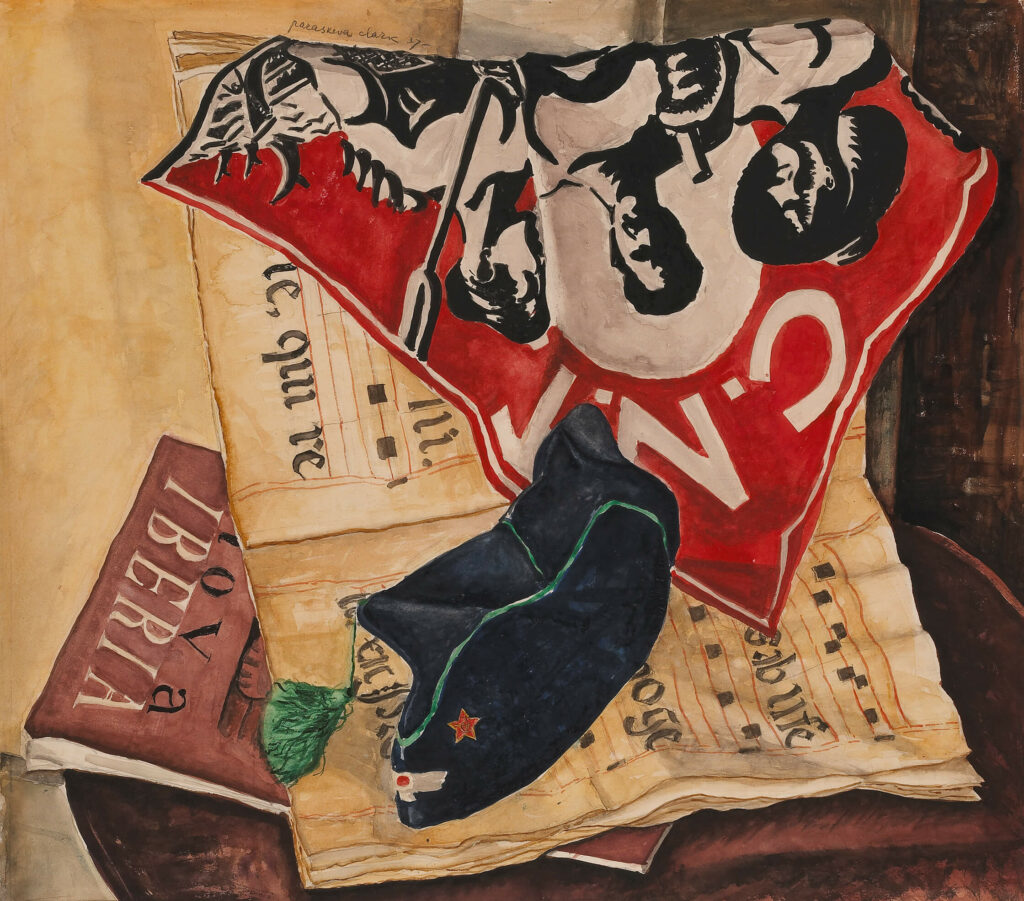
Watercolour over graphite on wove paper, 51.5 x 62 cm
National Gallery of Canada, Ottawa
In tilting the still-life objects upward to display them better for the viewer, Clark referenced her teacher Kuzma Petrov-Vodkin (1878–1939). The accumulation of elements that zigzag across the surface read like a collage whose flattening effect is heightened by the typography. Her new interest in collage was sparked by the Russian art journals she ordered from New York in the fall of 1936, which contained illustrations of political posters by avant-garde artists such as Gustav Klutsis (1895–1938). Clark did not, however, go so far as to eliminate pictorial space entirely; depth is registered by the overlapping of objects and shading, particularly in the right-hand page of the manuscript, while the table recedes into the background at the right.
This Spotlight is excerpted from Paraskeva Clark: Life & Work by Christine Boyanoski.
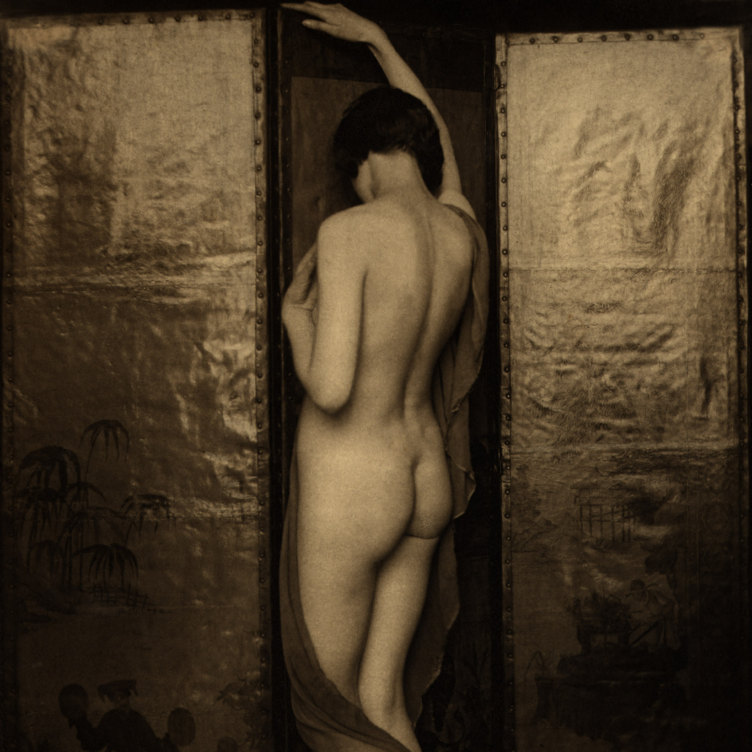 The Art of the Body
The Art of the Body
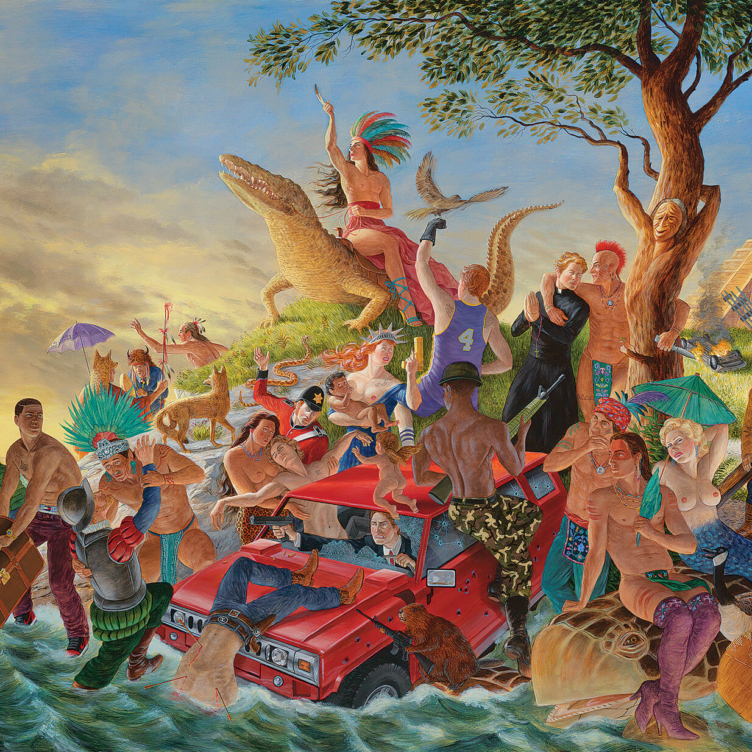 Rococo Riff
Rococo Riff
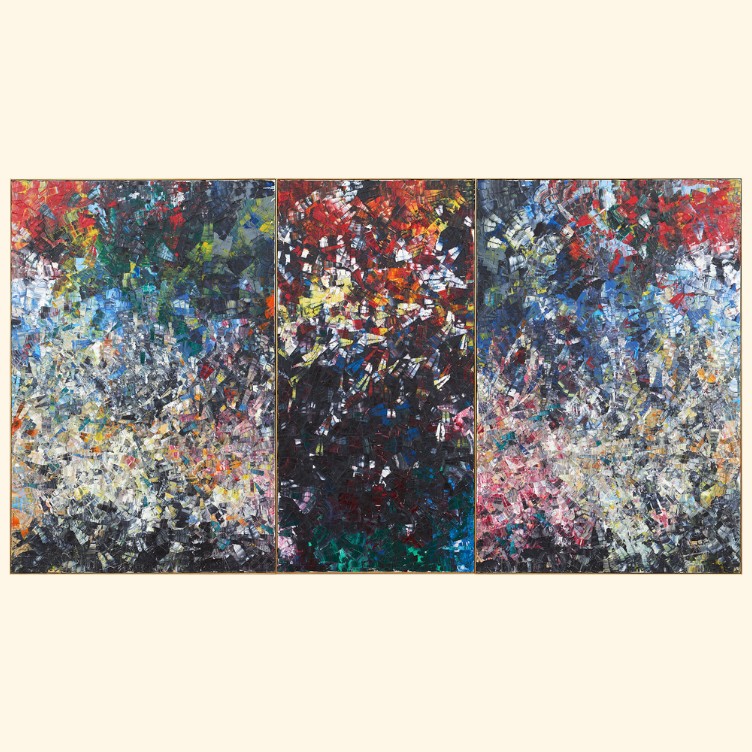 In Memory of Monet
In Memory of Monet
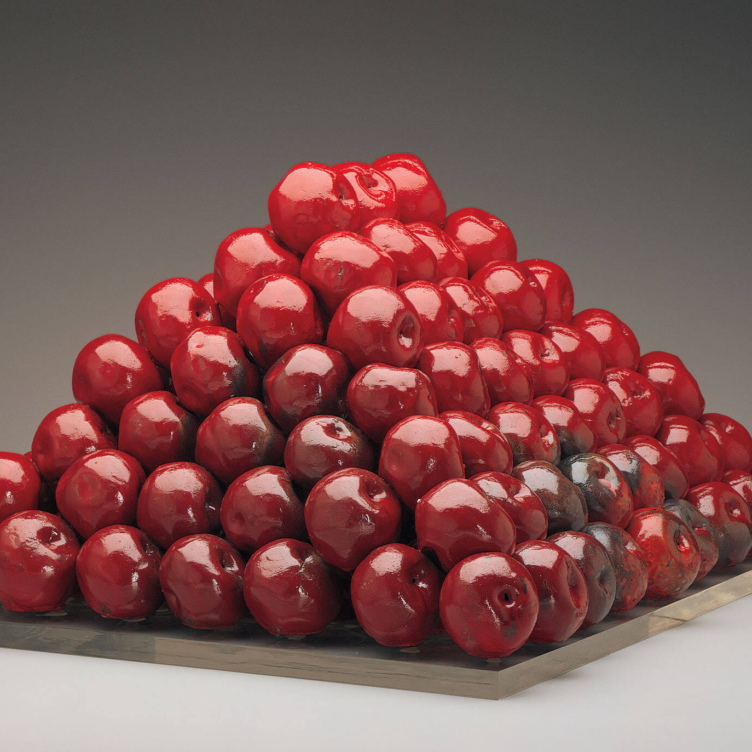 Pyramid Scheme
Pyramid Scheme
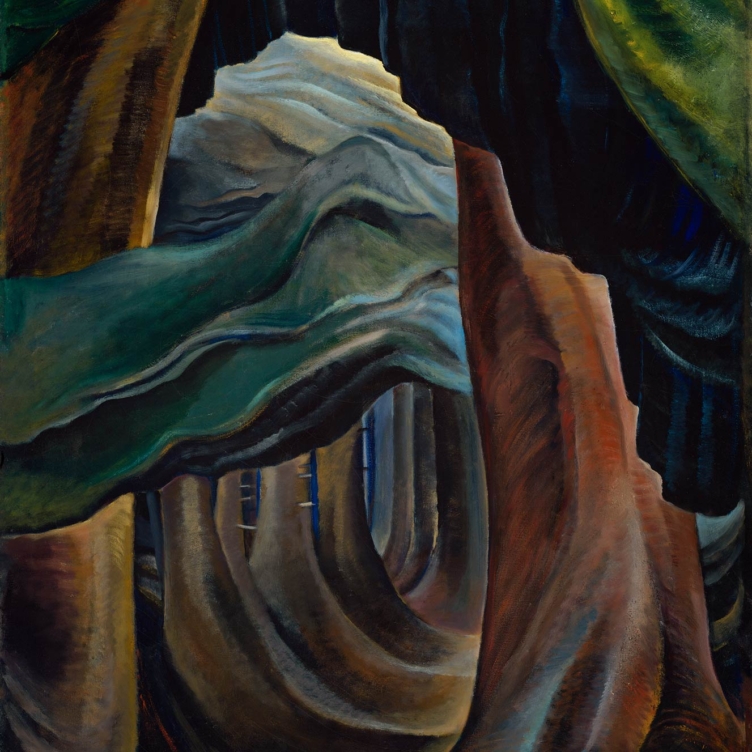 Transportive Trunks
Transportive Trunks
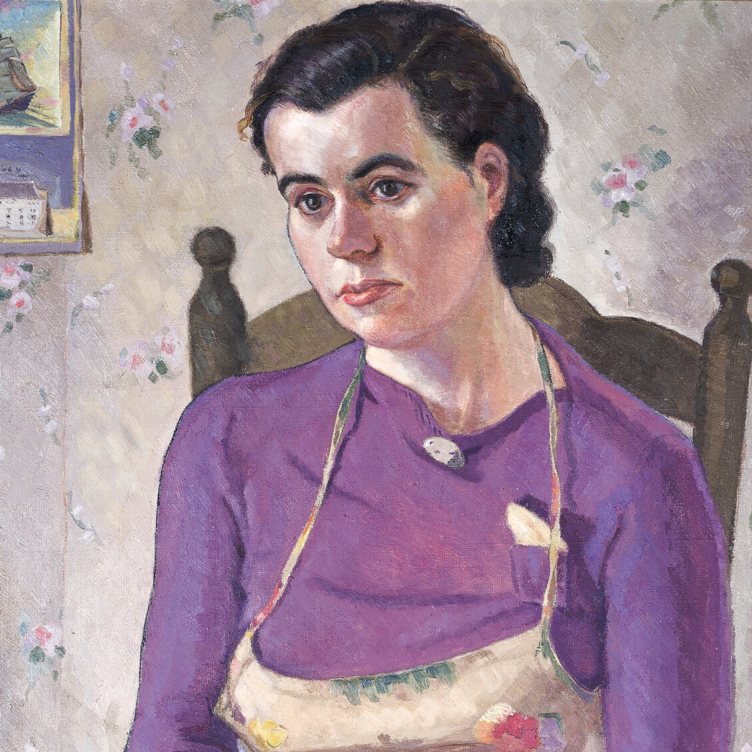 The Military Mate
The Military Mate
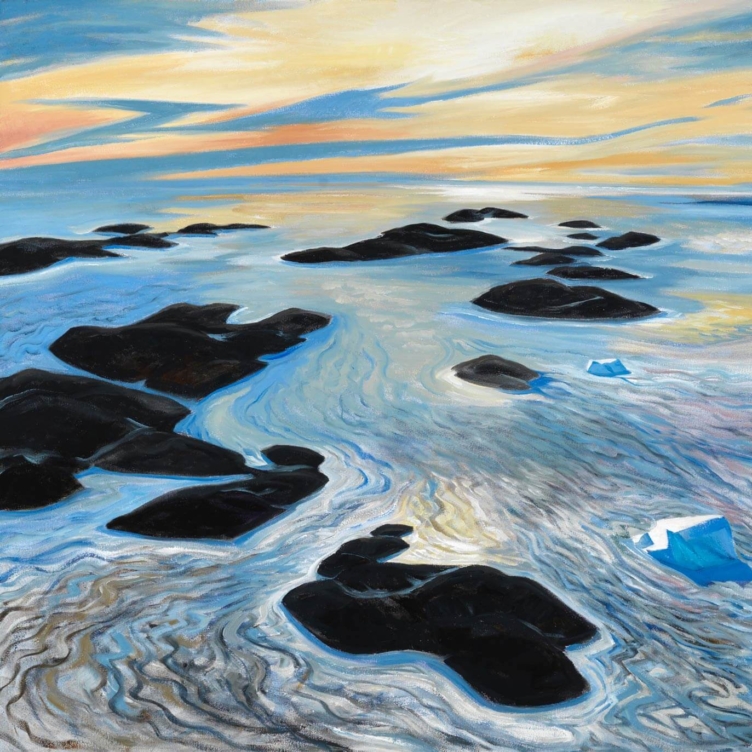 Looking Up on the World
Looking Up on the World
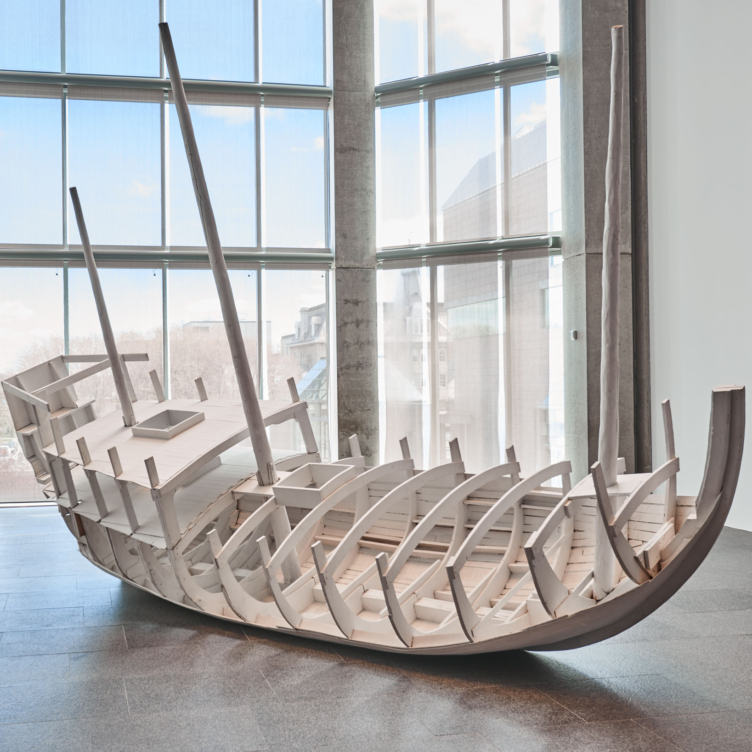 Vessel of Despair
Vessel of Despair
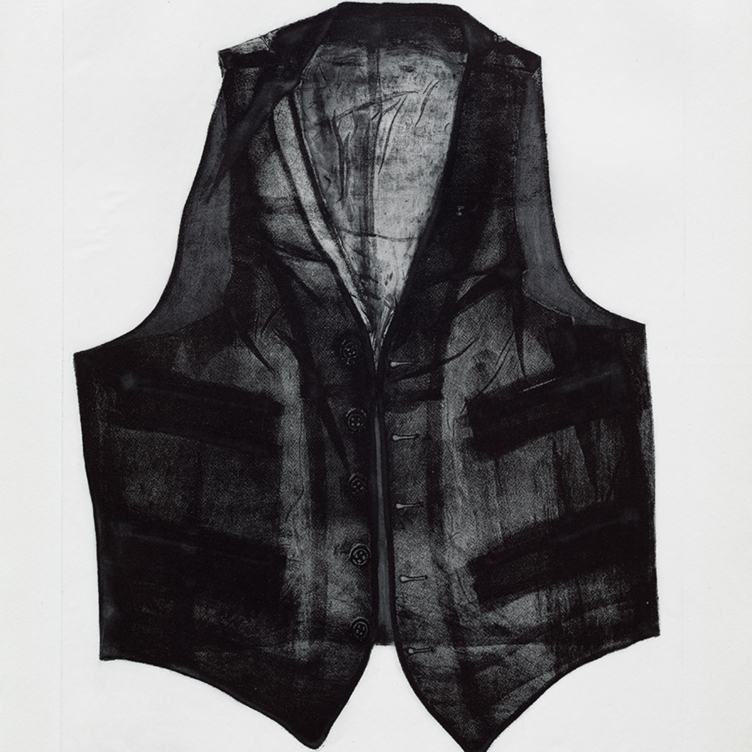 Layers of Meaning
Layers of Meaning
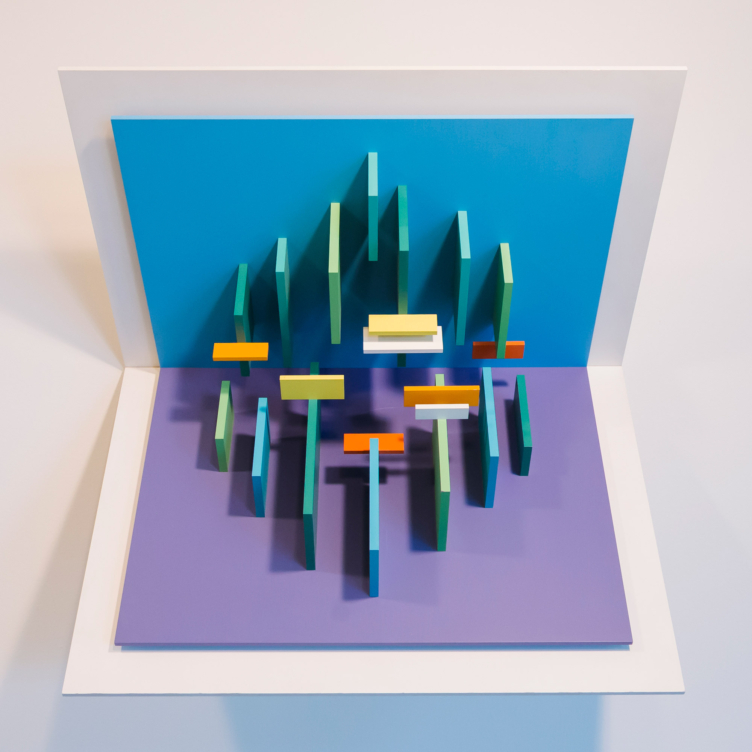 In Parallel to Nature
In Parallel to Nature
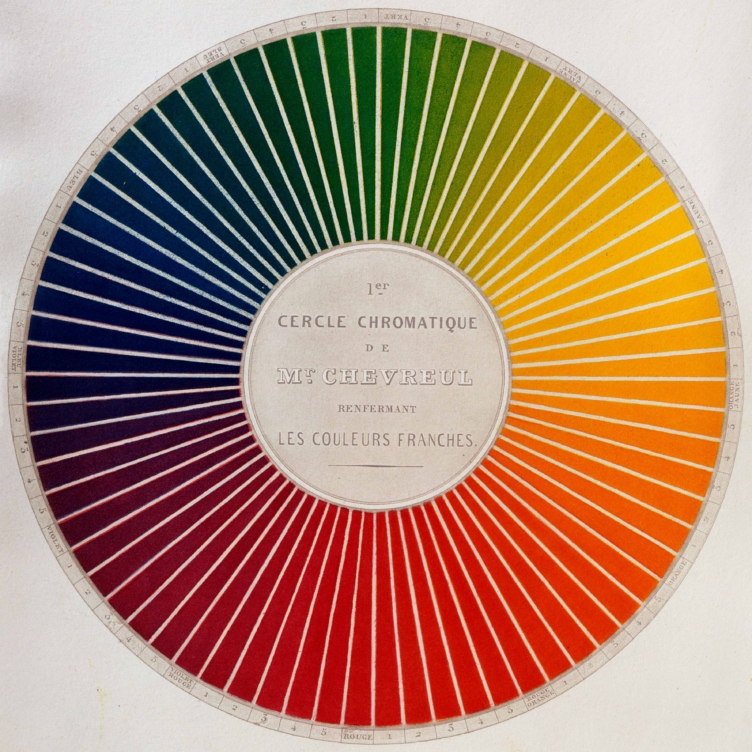 Wheel of Fortune
Wheel of Fortune
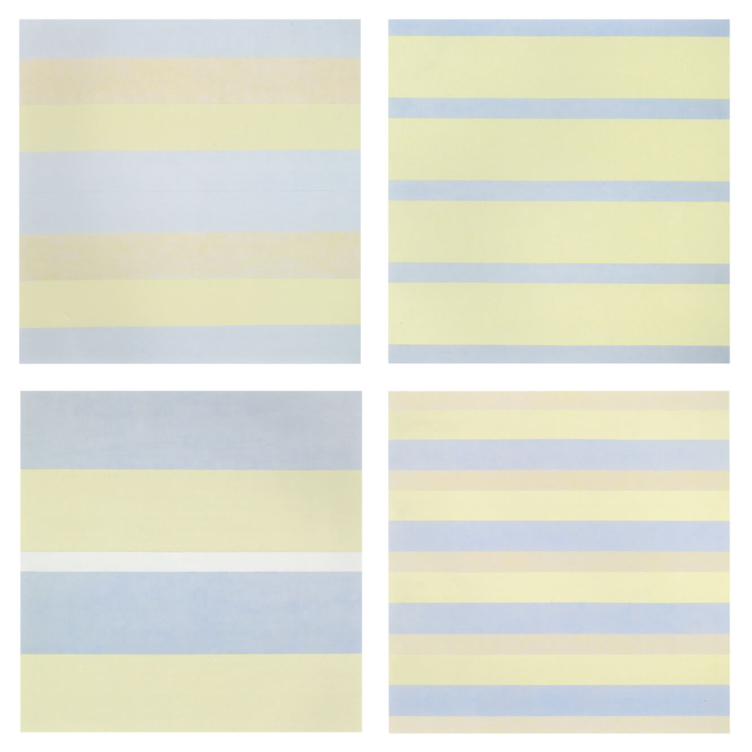 Paintings after emotional states
Paintings after emotional states
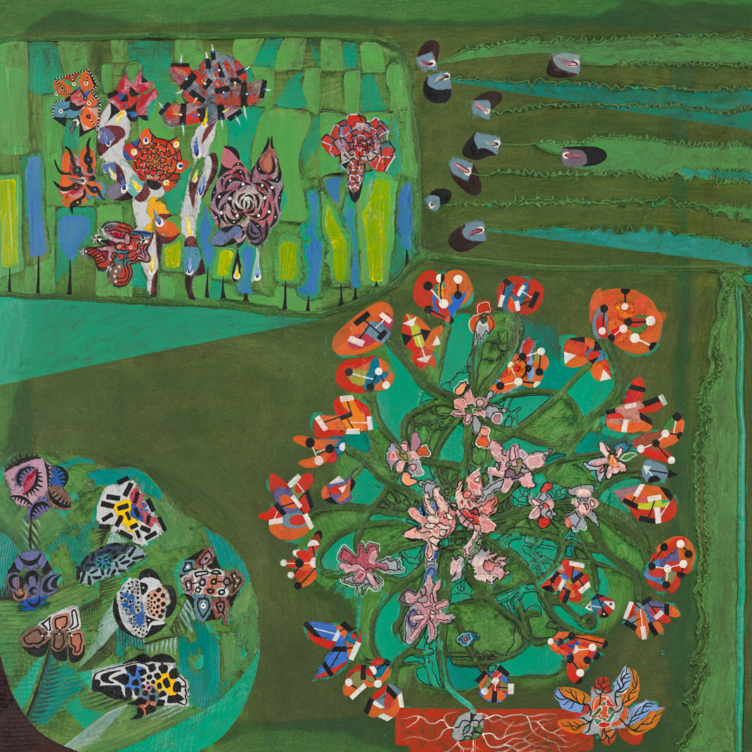 Garden of Delight
Garden of Delight
 Stitching the Archives
Stitching the Archives
 A Working-Class Hero
A Working-Class Hero
 Imagining Entangled Futures
Imagining Entangled Futures
 Bridging Far and Near
Bridging Far and Near
 Soft Power
Soft Power
 Imagining Emancipation
Imagining Emancipation
 A Priceless Portrait
A Priceless Portrait